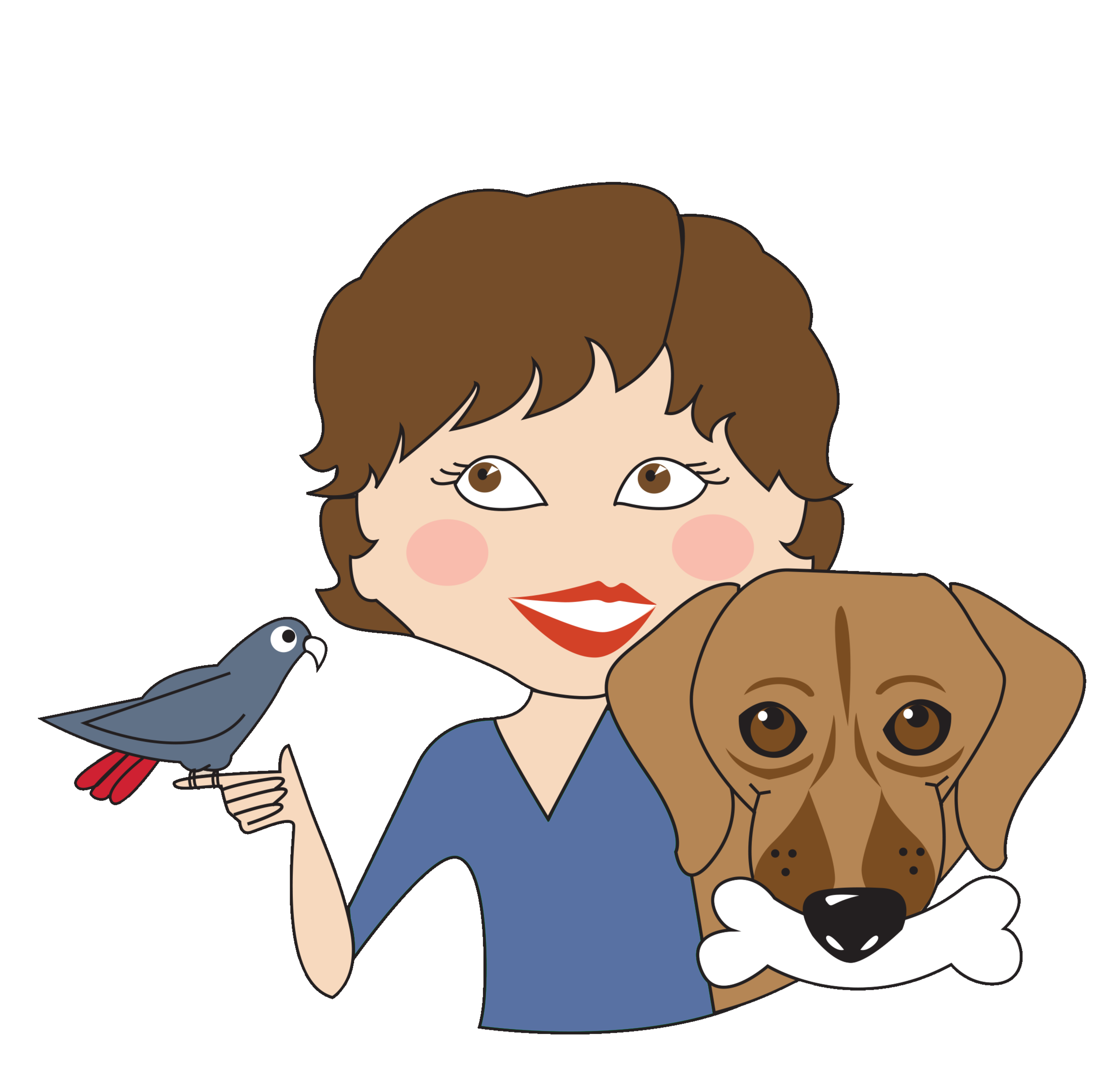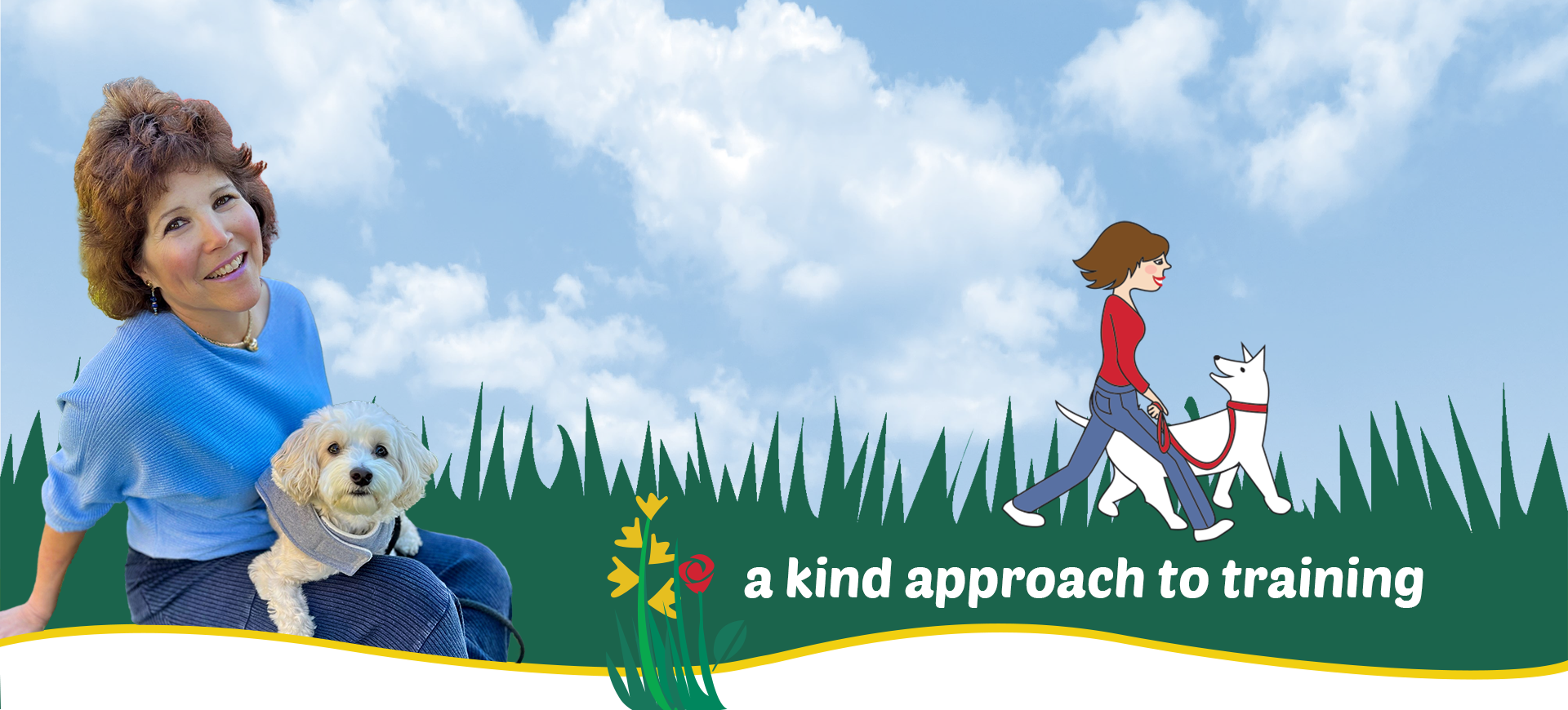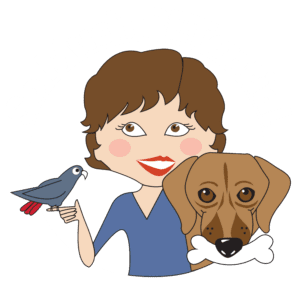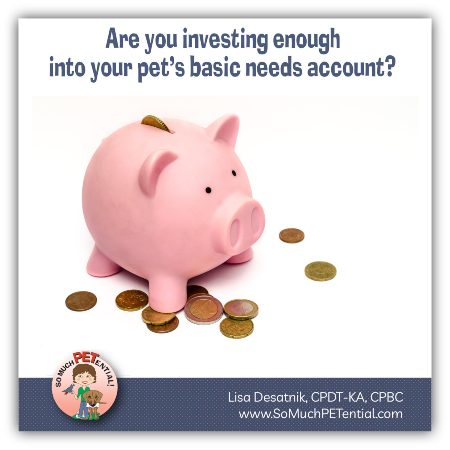Is your idea of a dog walk, attaching a 6 feet leash to your dog and walking him on a sidewalk through your neighborhood, having him stay by your side? If that is you, I want to encourage you to try different types of walks. One important idea is taking your dog on sniff walks instead, or at least incorporating them into part of your routine. You will be amazed at how these experiences impact your dog (and you) in so many positive ways.
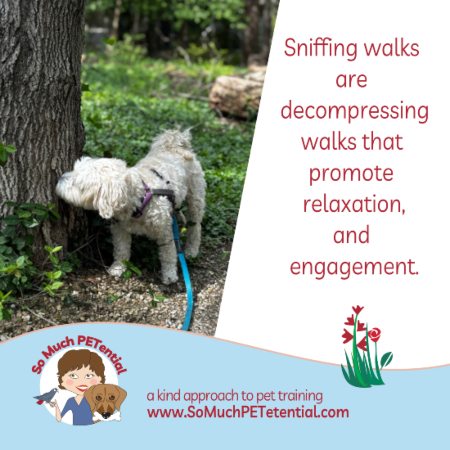
What is a dog sniffing walk?
Simply, it is a walk either on leash or off, where your dog can engage in using his olfactory and sniff, without pressure from you or the environment to go in a direction at your side. This changes the focus of your outing from having a distance goal in mind to having opportunities for your dog to explore and get his biological needs met, while you too can enjoy the pressure free zone. On a scent walk, your dog can meander and smell whatever attracts him for as long as he wants.
They are wonderful for dog enrichment.
What are the benefits of taking your dog on a walk to sniff?
Whether you’re hiking a trail or simply taking a leisurely stroll someplace that is loads with scents, dog sniffing walks can foster more relaxation and decompression, and engagement. Those who are new to this are often pleasantly surprised by how tired their dog is afterwards.
There are opportunities for your dog to practice what he was born to do. Sniffing walks exercise your dog’s motor, emotional regulation, and cognitive skills. There may even be some foraging going on.
How do you take your dog on a sniffing walk?
It is simple, actually. For me, I use a longer leash (often a 20 feet leash) – you can visit safe locations and trails where your dog can be off leash. I like to find areas that are wooded or brush along roadways where my dog can get heavily involved in smelling. We do also go to locations where we can have more freedom of movement and he can move around to smell whatever he chooses.
Keep in mind, these walks are for decompression and exploring, not for encroaching on other dogs or people who do not invite the interaction. Please be responsible and call your dog back or take in the leash if you see other dogs, and especially on leash other dogs.
I get that it can be challenging for dog parents who are wanting their dog to tag along with them, not smelling, or interacting much with the environment. I have heard comments like, “I got my dog to go on walks with me,” or “We need to walk a mile or two for my dog’s exercise.”
However, there are many dogs who do not enjoy walking on a short leash and there are many people who are stressed too when their dog reacts to what he sees. These dogs are also rehearing behaviors that their handlers say they want to change. Those walks are not quality experiences for either the dog or the handler.
I hear feedback from clients who tell me, after they try sniffing walks, how much they enjoy the experience with their dogs. And their dogs come back feeling rested and fulfilled.

